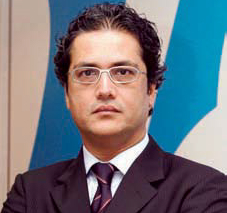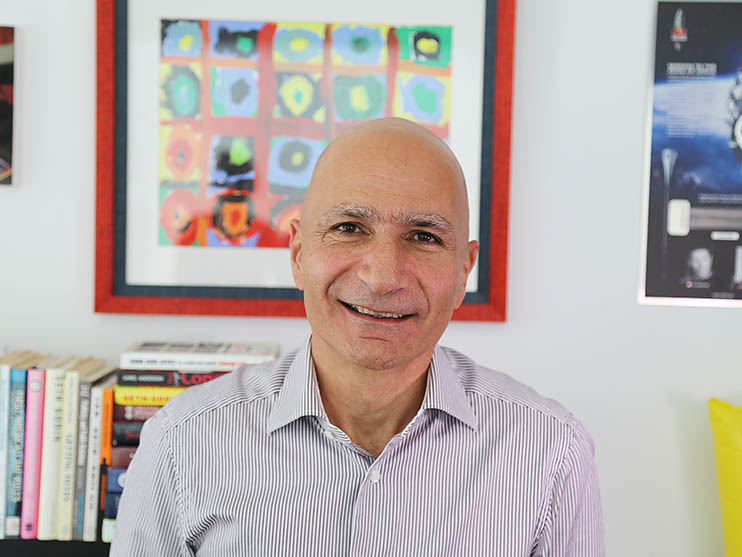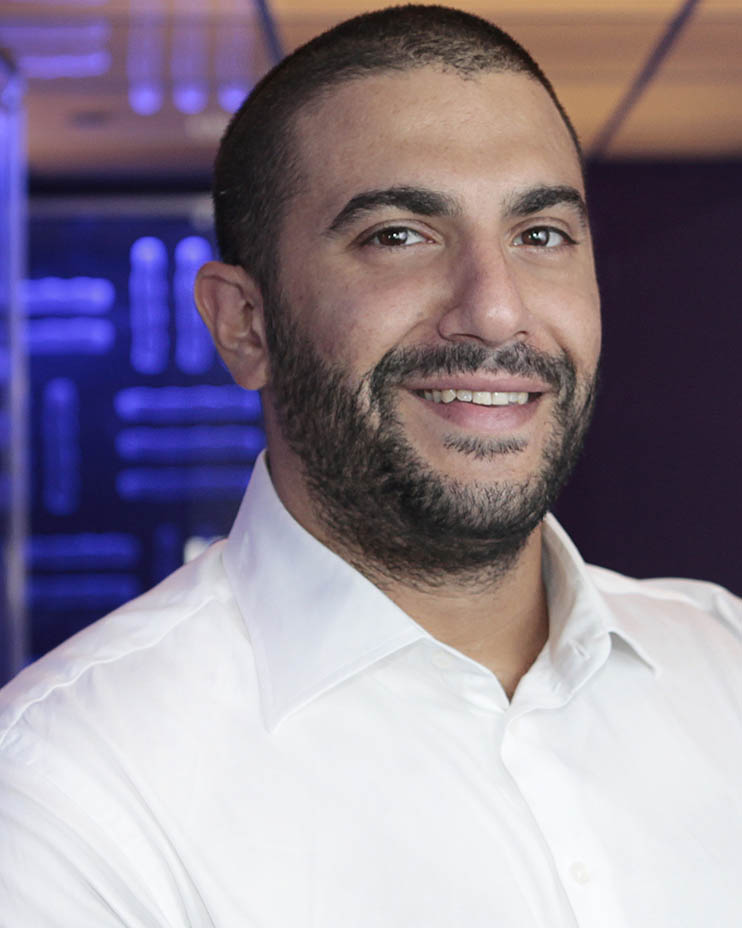News - Advertising
Far from pitch perfect
December 27, 2017

Agencies have been complaining that the pitch process is broken for years, and yet it remains intact; unchanged, unbowed, unshaken by the protestations of many.
For most agencies it remains the biggest cause of frustration. They lose talent and morale, only for some of their best work to end up in an ever-expanding graveyard of ideas.
Why has nothing changed, despite years of discontent? And why are clients continuing to abuse an industry that is supposedly there for their benefit?

“Agencies don’t value the work they do. Giving it away for free is proof enough…” – Adil Khan, CEO Saatchi & Saatchi MENA
Adil Khan, chief executive of Saatchi & Saatchi Middle East and North Africa, lays the blame firmly at the feet of agencies themselves. “Agencies don’t value the work they do,” he says. “Giving it away for free is proof enough, and we will make insane investments to prove to a yet-to-be-valuable client that we are the right agency partners for them. Perhaps clients could be more surer of what they are shopping for – an idea, a partner or just injecting new energy to their brands, while these are all plausible reasons for calling a pitch they do demand different approaches from the agency.”
Transparency, the absence of any limits, ill-prepared pitch invitations and exercises, disruption to current workloads, drawn out pitch processes, politically-motivated decisions, cost, and a potentially high level of subjectivity in the ultimate decision and outcome, are just a few of the causes for concern, according to Kamal Dimachkie, executive regional managing director at Leo Burnett.

“A creative pitch is an expensive endeavour and it has to be paid for.”--Kamal Dimachkie, executive regional managing director Leo Burnett.
“The process is broken because it is mostly wasteful of time and energy, it lacks transparency, it fails to expose the areas that demonstrate capability, competence and fit to enable a properly informed decision, and it is not representative of a real-life model that can predict success,” says Dimachkie. “The current model is akin to a couple making a lifelong impacting decision to wed after one or two conversations. Little wonder that the rate of divorce in adland is so high and rising. Strange, though, that we only see a repeat of the same process.”
However, Tarek Haddad, managing director of J. Walter Thompson Beirut, argues that the pitch is not broken, just abused.

“Pitches have turned into an increasingly ‘short-term’ Tinder-like experience simply looking for the right work for a minimum price.”--Tarek Haddad, MD J. Walter Thompson Beirut
“Ignoring the few pertinent reasons for a pitch, the majority of pitches are done at arms-length from the agency, with little to no consideration of team chemistry and an increased focus on a required shopping-list of deliverables, vis-à-vis an increasingly lowered remuneration,” says Haddad. “This has turned what should be considered as a search for a ‘long-term’ partnership that drives value by solving business problems, into an increasingly ‘short-term’ Tinder-like experience simply looking for the right work for a minimum price.”
Agency frustration is only likely to continue, or even get worse, as the increased frequency of pitches is spurred on by the pressures being felt by clients.
“As the advertising industry continues to move away from the retainer model and to a more fast-paced project-based model, pitches will have to be streamlined and look for increased operational and deployment expertise to answer all requirements, as well as work that works,” insists Haddad. “The days of the old ‘shopping-list’ pitch requirements are unfortunately not behind us yet – the question ‘how does the idea work on outdoor’ should be a thing of the past today with an increased focus on solving business problems through data and media neutrality and buying work that works.”
Agency frustration on its own, however, will not bring about change, although it has led to individual action. Some agencies, for example, have opted out altogether, refusing to respond to the majority of RFPs. Others have redirected their efforts towards the direct pursuit of clients, while others will only participate in reviews led by respected third party intermediaries.
“The advertising community needs to take action,” insists Dimachkie. “Until such a time when we have put [up] behavioural roadblocks the current pitching practice will continue undeterred. To succeed, the communication industry needs either to take something away or introduce a new variable that can modify the current behaviour and, literally, force the behavioural change we all desperately desire.
“Today, the pitch process relatively involves no pain for the clients; there is no cost, there is no disruption and there is no downside. Admittedly, clients need to allocate time, and some will think through the requirements and preparations more than others. This is nothing compared to what an agency will go through, and it is nothing compared to the expense an agency will get through in the pursuit of potential growth. As a result, clients have no incentive to stop what they are currently doing because, for them, it is working. Why should a client modify the process when they can call any number of agencies, get them to work for free, then evaluate the output and judge it when the only response they get is a resounding ‘yes’ and almost full participation? If I were a client, I would change absolutely nothing.”
Initiatives to bring some sense to the pitch process have been attempted in the past. The UAE chapter of the IAA launched a voluntary code of best practice back in 2012, encouraging the industry to adopt the code as a guidance tool to “better approach the often challenging and costly steps involved in the pitch process”.
Yet nothing changed. A few maverick clients with a focus on finding the ‘perfect creative solution partner’ are exceptions that only prove the rule.
“We need to start seeing a change in the process itself,” says Dimachkie. “A comprehensive creative shootout is not called for and not necessarily an indication of an agency’s future ability to address challenges.”
He believes an alternative process would begin with the conducting of an RFI exercise to gather information about the agency and its people, followed by: chemistry meetings to enable and facilitate a real conversation; the thorough checking of references; the construction of relationship frameworks that enable agencies to benefit from growth and to be affected by underperformance; the creation of two-way relationship evaluation mechanisms that encourage performance; and the identifying of areas of opportunity and the addressing of weaknesses and counter-productive behaviour to get real solutions.
“Beyond the above, we need to see a change in mindset and a change in actual behaviour,” he adds. “The mindset change is a respect for creativity and ideas, and the value they add. Yes, creativity builds equity and puts money in the bank, and therefore should not be either commoditised nor obtained for free. Second, pitches ought to be paid for in recognition of the above, and as proof of the recognition that a creative pitch, as an ultimate resort, is an expensive endeavour and it has to be paid for.
“The last word has to be reserved for us – the agencies. We have to get our heads around creating a deterrent to the free-exchange that we are self-inflicting and perpetuating. What is it that we have to do as a body that collectively protects creativity. There is no doubt that we are in the midst of a transformation with all the opportunities and changes it will bring. Paid-for ideas needs to be central to whatever emerges from this journey.”













